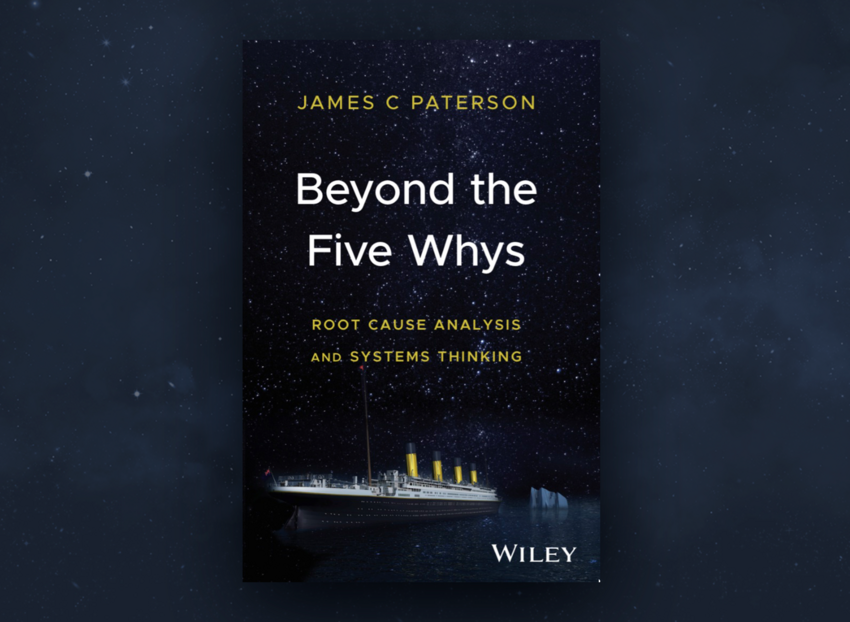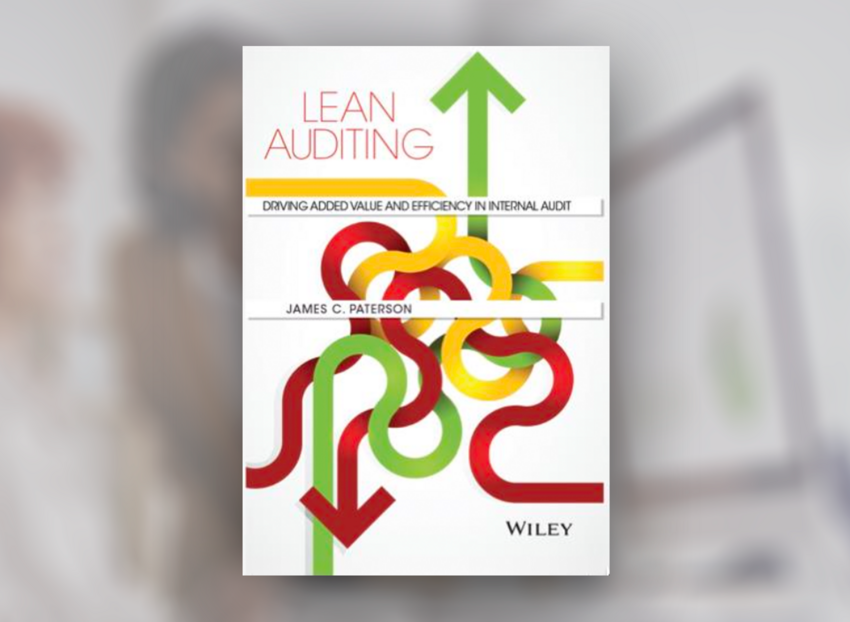Home

Our Founder
James Paterson
James was formerly Chief Audit Executive for AstraZeneca PLC from 2002 - 2009. He has worked in a range of other corporate and commercial finance roles, including Head of Group Financial Reporting and Director of Global Leadership Development programmes.
He has been a consultant, trainer and business coach since 2010.
After working on a Masters Degree In Management - he was seconded into HR to be head of Global Leadership Development programmes for several years.
Root Cause Analysis & Culture
Getting to the underlying reasons why things can go off track and understanding the behavioural, 'human factors' that are involved.
Governance & Risk Assurance
Focusing on both accountabilities and how to ensure certainty to within defined tolerances.
Leadership & Political Savvy (Coaching)
Developing an authentic style that is able to identify and adapt to political realities.
Internal Audit
Ranging from internal audit team effectiveness to more tangible good practices including lean auditing.
Other/Miscellaneous
A range of support and training options are available to Audit Committees and teams working in Governance, Risk and Compliance, and Risk Assurance/Control.
Beyond the Five Whys: Root Cause Analysis & Systems Thinking

What our readers say...
As the world becomes ever more complex and fast paced it is imperative that we become outstanding at learning from experience. Somehow, we must get beyond blame and shame when examining why things go wrong. Otherwise, we will just repeat, and probably make bigger mistakes.
Andrew Pal, CEng, FIMechE, Leadership Coach and Organisation Consultant
James uses a combination of real-life stories and best practice insight to present a practical approach to root cause analysis that will help shift your mindset to unleash the power of being more curious.
Damian Finio, CFO Phibro Animal Healthcare Corporation
Through clear explanations and real-world examples, readers will learn how to systematically identify root causes and develop effective solutions that address the underlying problems. This book is a valuable resource that professionals can read and start to apply to improve their problem-solving skills and make a positive impact within their…
Sandeep Das, Head of Internal Audit, St John Ambulance
James Paterson, a former Chief Audit Executive, tackles a topic of immense importance across all organizational sectors. The book also includes practical guidance from leaders in business, risk and audit.
Nancy Haig, CIA, CBA, CFE, CRISC, Principal – PIAC LLC
Lean Auditing: Driving Added Value & Efficiency in Internal Audit
What our readers say...
Your course was excellent, I can’t remember the last time I attended such a good, relevant and topical course.
Private
The course fully met my expectations and learnt many key things in this area which were not known to me before the seminar. James is very knowledgeable and experienced which helped the discussions a lot.
Private
James has been excellent in terms of helping me to focus on key themes and messaging specific to my organisation. I have enjoyed our sessions together and I think a large part of that is the way James has not imposed a standard one size fits all approach, rather working…
Anonymous
We invited James to look out our ways of working from a LEAN perspective, and help us focus on those key areas where we could make real improvement, both for us, as an audit team, and for our customers. James worked closely with one of our sub teams, getting to…
Robert Hutchins,, Head of Partnership, Devon Audit Partnership
Many of our delegates have attended the CIPFA Audit Conference for a number of years, making them a very discerning and often hard-to-please audience. James’s session on the challenges facing head of internal audit today was described by many attendees as one of the best of the conference, particularly in terms…
Rikki Ellsmore, CIPFA





